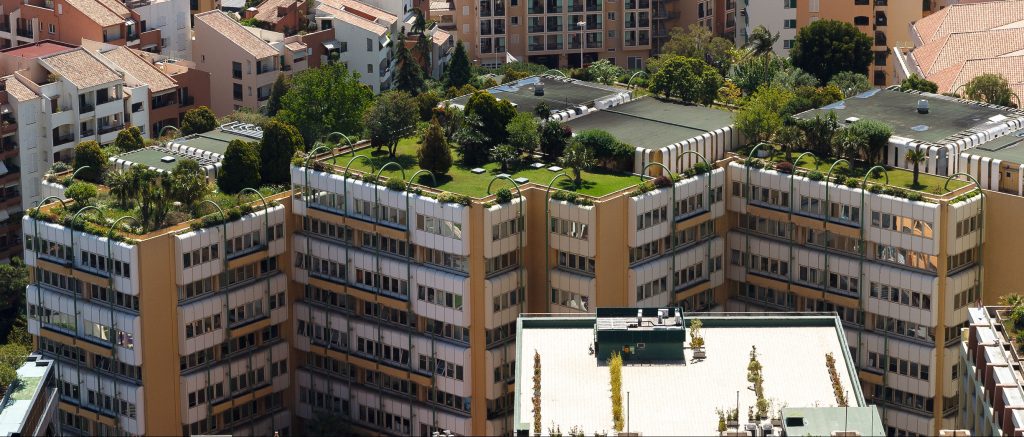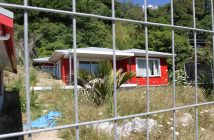Green roofs can make commercial buildings more sustainable, efficient and appealing places to work – but they can also be difficult to maintain, costly and underutilised, a property expert warns

Green roofs are becoming more common in Europe and the United States, but have yet to become widespread in New Zealand Colliers International Director of Strategic Consulting Chris Farhi notes.
He says while the appeal is obvious, it’s important for building owners and occupiers to understand both the potential benefits and pitfalls before installing a green roof on a new or existing building.
“Green roofs can make commercial buildings more efficient and environmentally friendly, and are potent visual symbols of sustainability,” Farhi says.
“On the other hand, green roofs can introduce hidden costs that could end up outweighing the benefits.
“Owners and occupiers need to look past the ‘feel good’ factor and thoroughly appraise the options before making a significant investment that may end up costing in the long-run.”
Two types
Farhi says there are two main types of green roofs to consider.
Solar green roofs use arrays of solar panels to produce clean energy, which helps to cut energy costs and makes buildings more sustainable
Living green roofs consist of plants growing from a layer of substrate atop a waterproof membrane.
They can help to offset carbon emissions, reduce stormwater runoff, and insulate the building, thus saving power.
Farhi says that as solar panel technology progresses, they become as safer bet.
“Solar panels are getting cheaper to buy and install, and their modular nature can make them relatively straightforward to repair or replace.
“Improvements in battery technology have made it possible to store unused solar energy for later use, while building owners can also feed excess electricity into the grid for a profit.”
Living appeal
Farhi says living green roofs have much more visual appeal, but can also be more troublesome.
“First, you need a strong roof due to the sheer weight of the system.
“This can be factored into a new building’s design, but can be costly or prohibitive if you’re retrofitting an existing building.
“The second potential issue is weathertightness.
“Damage to even a small area of the waterproof membrane could allow water to seep into the building over time, leading to very costly repairs.
“This is particularly troublesome in New Zealand where weathertightness issues have a major stigma.
“Unforeseen work can also be costly.
“A good example is the recent changes to regulations around building anchor points for abseiling.
“A green roof, with its complex waterproof membrane, could create major issues if you needed to penetrate the underlying membrane to install new anchor points.”
Farhi says New Zealand’s climate could also influence the types of plants can grow on living roofs.
“Some areas in the United States have dryer climates which can provide a more stable environment for the roofs.
“Meanwhile in New Zealand (particularly in Auckland) whilst our climate is temperate, it is also quite volatile in terms of heat, moisture and wind.
“This could mean that instead of lush plants we need to use less attractive but hardier plants.
Accessibility essential
Farhi says green roofs need to be accessible to unlock the social and health benefits to occupiers.
“Mobile technology allows us to work anywhere – and what better place to work than a rooftop garden?
“Rooftop vegetable gardens could also encourage employees to work on a shared project, allowing co-workers to mingle and collaborate.
“In reality, however, access to green roofs can often be challenging – whether it’s due to awkward design, health and safety considerations, or a management decision to make the space available only for client functions.
“Bad design can also make attractive outdoor areas inhospitable. If it’s too windy, hot or shady, people won’t want to work or socialise there.
“Architects, building owners and occupiers all need to think hard about how they want their green roofs to be used, who should be allowed to use them, and what they need to be provide in terms of access, shade, sunlight and amenities such as Wi-Fi.”
Farhi says it could be more cost-effective and practical to install planters on existing decks.
“This would bring some of the environmental and social benefits of a living roof – albeit on a much smaller scale – and free up the roof for a solar installation instead.
“The extra greenery would also be a welcome backdrop for the Kiwi tradition of beers and a BBQ on the deck.”



